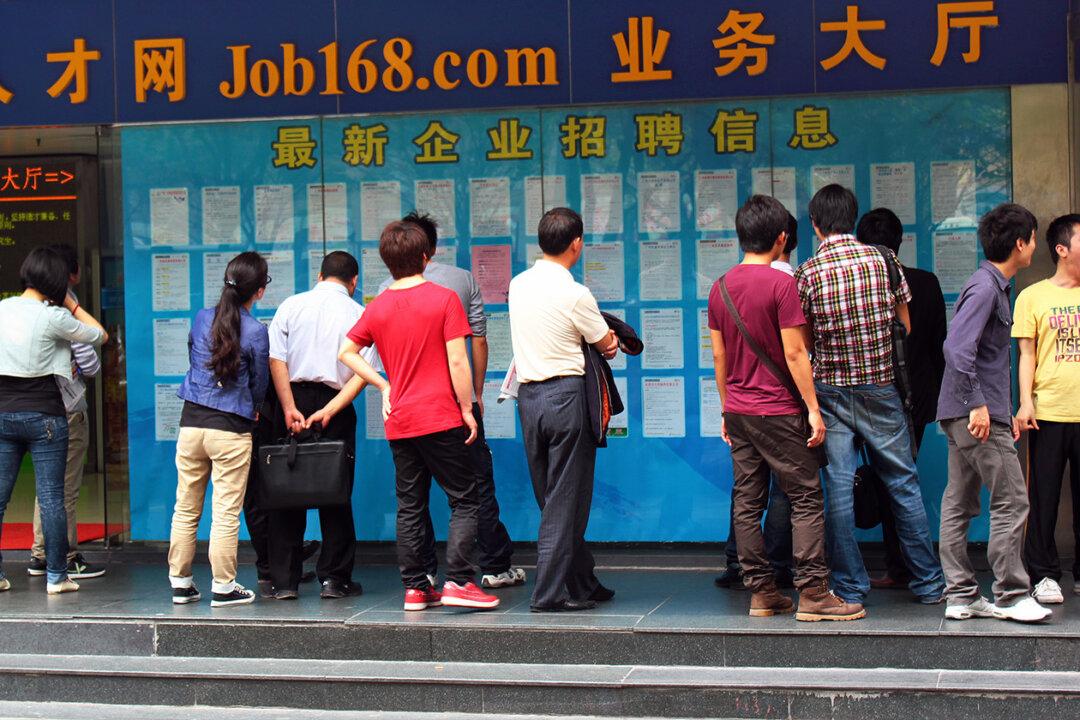Commentary
One of the hot topics these days is China’s level of unemployment. Its latest reported youth unemployment figure jumped to 21 percent, indicating a one in five jobless rates for the “late teens to early twenties” grouping.

One of the hot topics these days is China’s level of unemployment. Its latest reported youth unemployment figure jumped to 21 percent, indicating a one in five jobless rates for the “late teens to early twenties” grouping.